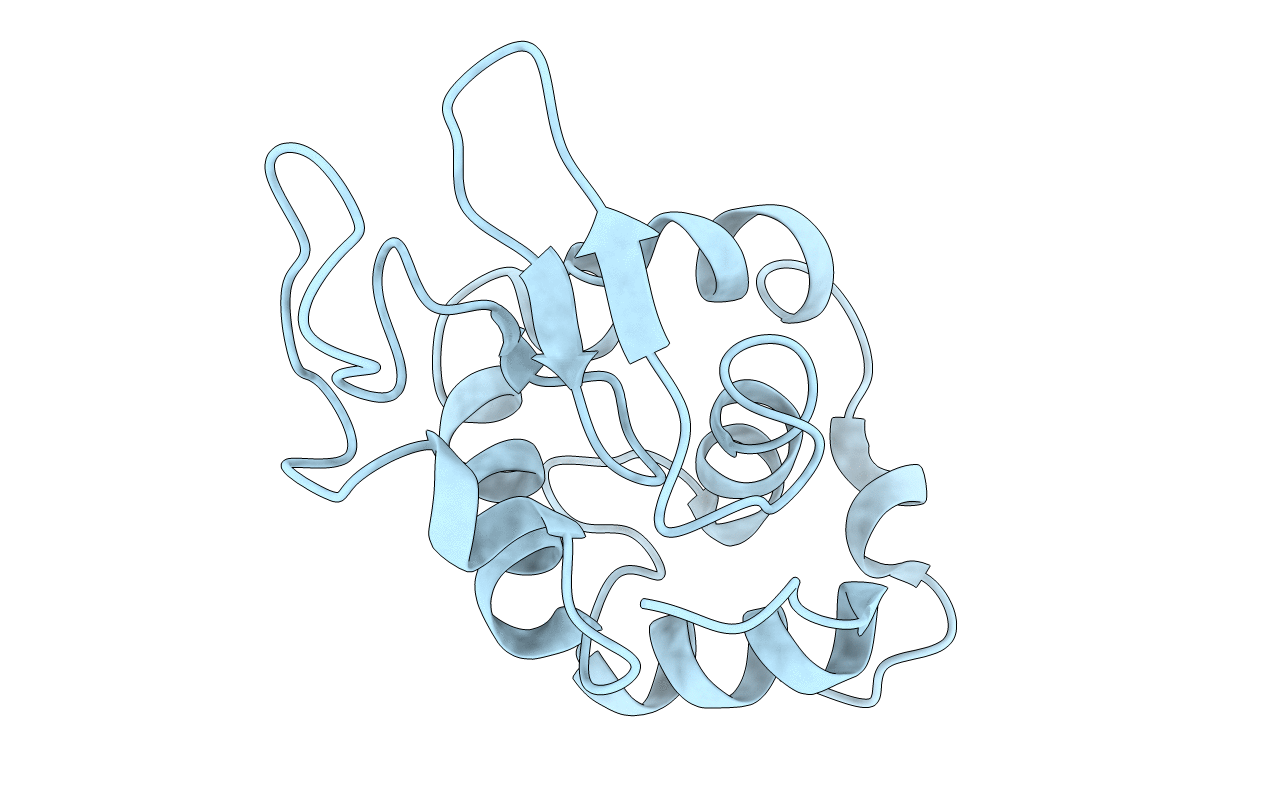
Deposition Date
1999-08-03
Release Date
1999-08-20
Last Version Date
2024-11-20
Method Details:
Experimental Method:
Resolution:
2.20 Å
R-Value Work:
0.18
R-Value Observed:
0.18
Space Group:
P 43 21 2


